Great art with humanism should scale down discrimination and violence, says Rahul Bose
For admirers of mainstream Bollywood films, the name Rahul Bose commands attention. But for audiences of Bengali and art house cinema, his name commands respect.
The actor, known for being choosy when it comes to signing films, is now also a director, and his second directorial venture Poorna is generating a great deal of buzz in showbiz circles.
Recently, Poorna got a standing ovation at the opening of the Indian film festival in Dublin. Many of those who saw it were pleasantly surprised because they did not have high expectations of the film, expecting it to be a simple story about a little girl who climbed Everest — a film for children.
In fact Poorna does not tell a simplistic story. It tells the tale of a girl who lives in Telangana with her parents who are farm labourers. To acquire education, she joins a welfare institution where her talent for mountain climbing is spotted by the secretary of the institution who helps her make her dream come true.
It is for young and old alike. It is technically smooth with beautiful cinematography of two very contrasting landscapes. And for an actor/director from the Hinglish circuit, it seems to have a very authentic use of a number of languages.
"I keep saying that a career is defined less by what you say ‘yes’ to and more by what you say ‘no’ to. And that ‘no’ doesn’t happen in many cases because you want the fame."
Bose is more than a filmmaker: he is an international rugby player, an extremely articulate man, and a social activist. He is also the founder of an NGO called The Foundation that tackles the many kinds of discrimination that exist in India.
From the unforgettable and searing Mr and Mrs Iyer, 15 Park Avenue, The Japanese Wife, Chameli, Shaurya to Pyaar Ke Side Effects, Jhankaar Beats and then Vishwaroopam, I Am, Midnight’s Children, Bose has done a variety of films.

The first film he directed, Everybody Says I’m Fine (2001) was not a commercially successful one, although it earned some festival awards for direction. After that Bose was interested in making Moth Smoke based on the book by Mohsin Hamid, but despite trying for five years to raise funds for the film he remained unsuccessful. As a Lahori myself, with both Bengali and Bombay connections, I think Bose’s take on Lahore’s Moth Smoke would have been very interesting to see.
Taking the road less travelled
When we meet in Dublin, I ask him about his choice of films, what motivated him to turn to activism and how he felt about getting into direction?
“Well, I think the reason why I decided to become an actor was because I loved it, and at the beginning of my career I got arthouse films to do,” he says. “Then I did a couple of semi-commercial films such as Jhankaar Beats and Pyaar Ke Side Effects. That was the time that I thought maybe I should expand my selection.
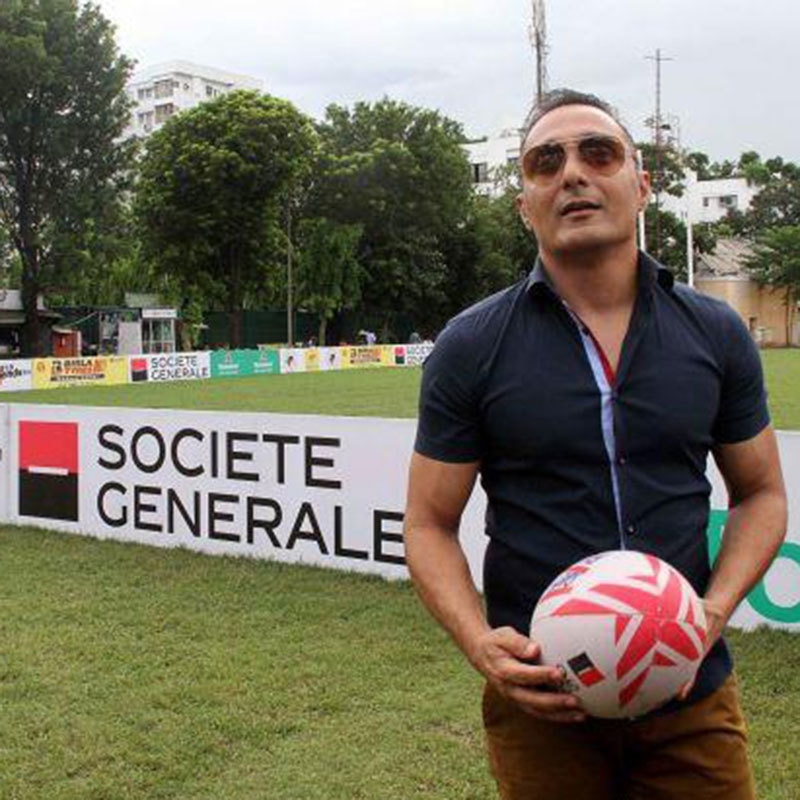
“And then I did a film called Maan Gaye Mughal-i-Azam, which I wasn’t so certain about but I was certain about the cast with Paresh (Rawal), Pawan Malhotra and Kay Kay Menon. What a cast! That didn’t work out very well. Us ke baad jee bhar gaya mera. Mein ne kaha bus theek hai. [After that I got fed up. I told myself that’s enough]. I’m going back to my arthouse roots.
"I keep saying that a career is defined less by what you say ‘yes’ to and more by what you say ‘no’ to. And that ‘no’ doesn’t happen in many cases because you want the fame. Or the money. Or you’re scared of being out of the public eye."
Bose says he very quickly reconciled himself to the fact that his fame was going to be limited — because the audience is limited. And that his wealth was going to be limited — because you get paid less for arthouse movies. But he was clear that he preferred being somebody who has less fame and less money but enormous happiness and satisfaction. "I’ve never had any contest between my heart and my head. The heart always leads."

Making *Poorna*
Some people feel that sympathy is shown towards the family around which the story of Poorna revolves. Bose prefers to use the word empathy. “I don’t think it’s sympathetic,” he says. “It’s empathetic.”
Regarding the much-praised casting in the film, Bose says he chose the older sister/cousin within 15 seconds of auditioning. “Mariya as Priya is just unbelievable — what an actress — when I met her, within 15 seconds I auditioned her, and it was like boom. This is the girl! She’s an extraordinary actress.”
On the other hand, selecting someone to play Poorna turned out to be very different. It took six painful months with many rounds of auditioning. Bose says, “When I got Aditi, I knew she was the one. After that there wasn’t even a second when I was doubtful. You have asked me, but I didn’t for even a split second consider using a conventionally Bollywood-pretty looking actress.

"Because what I look most for in movies is the coherence and integrity of the vision. And if you lose your integrity, then you shouldn’t be making a film. I mean, film direction is one of the toughest jobs in the world — physically, emotionally, mentally, it tests every single corner of your creative brain. So, to be dishonest about making a film is a waste, and for me it’s just impossible. I can’t do it.”
Bose says there are so many stories within the film. The boy who climbed Everest with Poorna, Anand (a Dalit child) is a story in himself. Then there is the story of Secretary Sir, RS Praveen, the IPS officer, another Dalit and a police officer who volunteered to upgrade a social welfare schools and became a mentor.

A career in activism
Bose speaks passionately about films. Will he keep directing them?
“Yes, I definitely want to direct mainstream films but they will be sensible films,” he says. “I think Aamir Khan’s films are a good example of what mainstream films can be, and I think there is a huge amount of scope there.”
Bose's film career started before his activism. But he says his preoccupation with society, equity, empathy, compassion and equality existed before he started getting involved in activism and NGO work. However, his hands-on involvement started after the Bombay riots in 1992-93.
"It shook every citizen. I was 25 years old at the time. I began to be more and more aware of the various kinds of discrimination that existed in society. That’s when I actually began to start saying to myself that I would like to do something about reversing this discrimination or ameliorating it … and I started with gender [issues]."
"Your role as women in a patriarchal society is to pass the ball back, as in rugby, but you want to move forward. How do you do that? You need other people with you."
Bose contacted friends who worked through the NGO Akshara. The first group he worked with comprised 80-90 Muslim girls who came from deeply orthodox and poor families.
"To step out of their home and come to sessions with me was a big deal for their parents, husbands and elder brothers. It was the kind of place that was very suffocating for those women and because I was a stranger but also someone famous, I think they could feel freer while chatting with me. And that’s where my work started.

"I had to challenge their acceptance of orthodoxies and explore deeper their restlessness about their stifled circumstances. There isn’t a uniform pedagogy that you can blindly follow. You actually have to listen and then start to work on how to solve that issue.”
He remembers how he even taught them rugby trying to relate it to their social situation. "Your role as women in a patriarchal society is to pass the ball back, as in rugby, but you want to move forward. How do you do that? You need other people with you.
"In rugby you need to look at the weaker spot in the opposing team and you go through that spot. So find the man in that patriarchal set-up who is the least convinced about patriarchy and he will be the most susceptible to be convinced about mujhe ye parrhna hai ya mujhe yahan pe jana hai, mujhe shaadi nahin karni hai etc [I have to read this or I have to go there, I don’t want to get married]. He will then help in convincing the other men in the family. So I used rugby as a metaphor too!”
In 2002, a tsunami incident made Bose work in the Andaman and Nicobar islands. That’s when he was confronted with the enormous geographical and political disparities in India.
Through all these years, trying to come up with some answers, he evolved a plan — the idea to select children from underserved areas.
Here is how it works: the children are selected through an elaborate competition in the fields of academics, art and socialisation. They then go to a school chosen from amongst the best schools in India where they study for 16-17 years. Then as full-fledged professionals at 26 or 27 years of age who already have had a couple of years of work experience, they go back home. There they begin, he says, "through the deep compassionate education that they have had and their practical work experience, to start to effect change in a way that will be lasting and will be open-minded because their head and their heart will be of that kind.
"So we have kids from the Andaman whom we selected at age 11 and who are 22 now. We have kids from Kashmir whom we selected at age 11 and they are 17 now, and we have kids from Manipur whom we selected at 12 and they are now 14. We have three batches of children. These children go home twice a year and their parents visit them twice a year.
"Their parents are my friends and we are very close. We only choose kids who are deeply in love with their homeland and we reinforce and nourish this love without any haranguing but simply a reminder that now they have become aware of the injustices back home and what they will do about it. That sets them thinking in various ways.

"Even if they become professionals, say an architect or eco-tourism specialist, they do it with the lens of how it will make a difference in their homes."
Bose is very conscious of the responsibilities that come with making art and fame. "Great art with humanism should contribute to a scaling down of tensions and discrimination and violence,” he says. Perhaps there’s a reason he doesn’t fit into the Indo-Pak mainstream.
Published in Dawn, ICON, October 15th, 2017



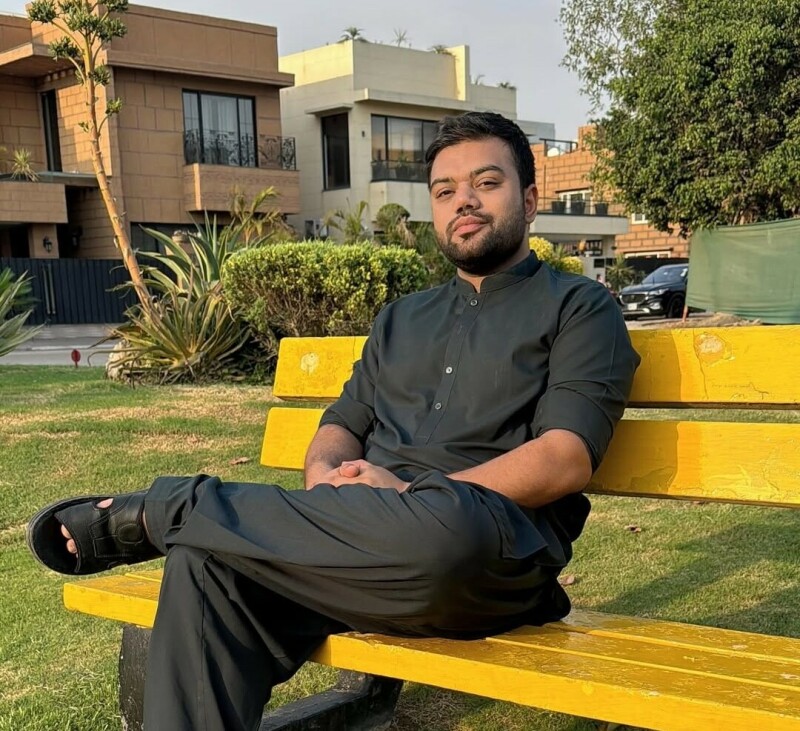
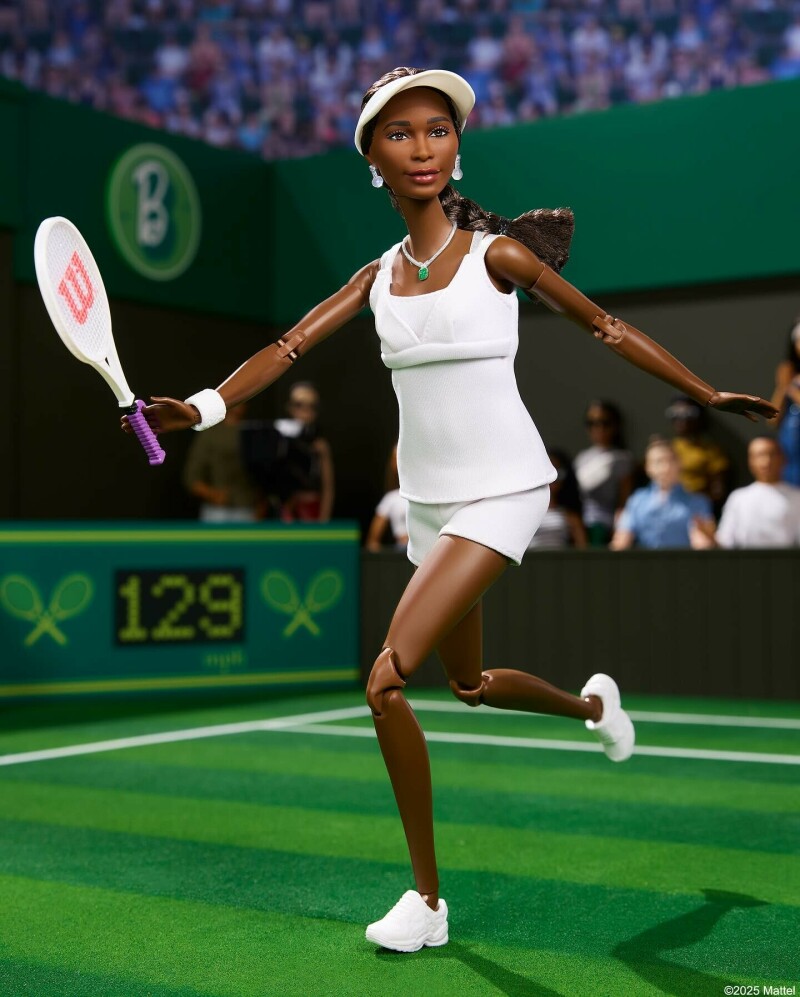
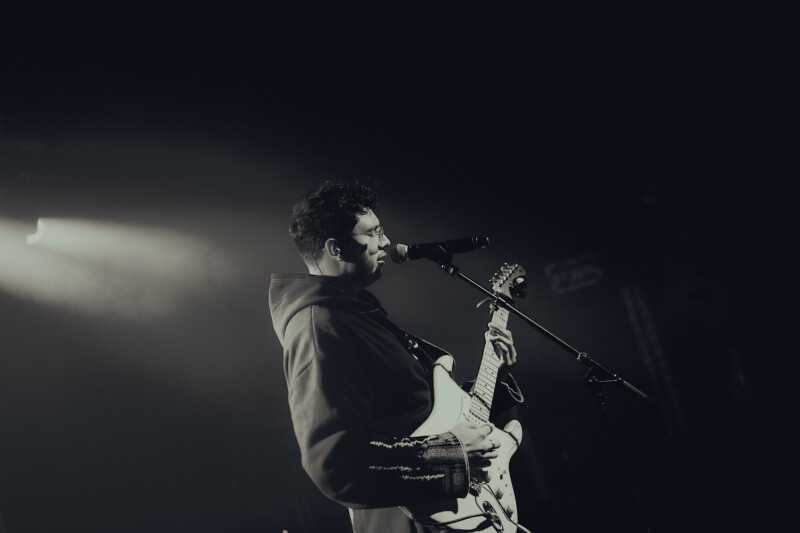

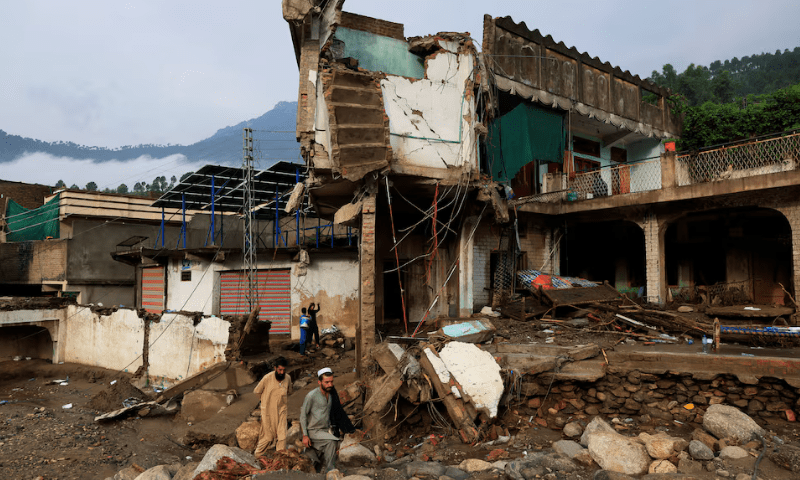



Comments